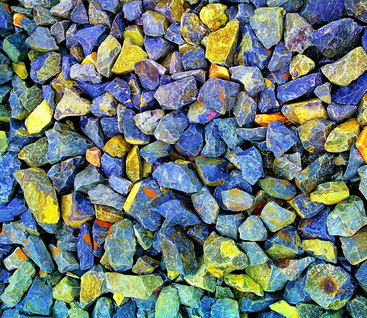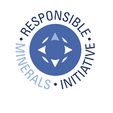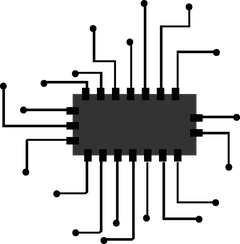The European Union (EU) published on May 19th, 2017, the Conflict Minerals ban regulation # 2017/821. Conflict Mineral Reporting Templates (CMRT) help audit supply chains.
Like the US Dodd-Frank act and according to article 1(1), the idea is to ‘’curtail opportunities for armed groups and security forces to trade tin, tantalum, and tungsten, their ores, and gold.’’ These four minerals are commonly called 3TGs.
Due diligence obligations apply to upstream companies (such as mining companies, raw material traders, smelters, and refiners) and downstream companies that import metal-stage products.
This Conflict Minerals regulation came into effect on January 1st, 2021.





